Nationality American | Role Artist Name Julius Hatofsky | |
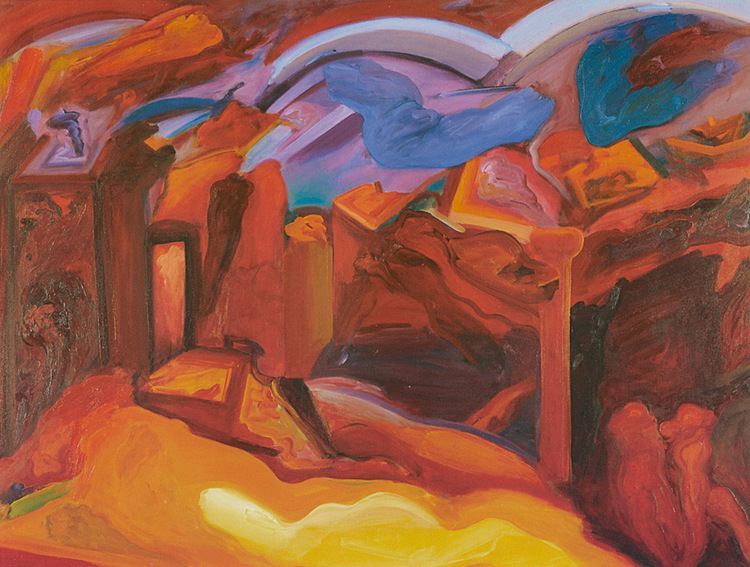 | ||
Education | ||
Julius hatofsky a great american expressionist narrated by linda hatofsky
According to the celebrated New York art critic Hilton Kramer:
Contents
- Julius hatofsky a great american expressionist narrated by linda hatofsky
- Julius hatofsky b0fa show 12 27 08
- Biography
- Selected Solo Exhibitions
- Selected group exhibitions
- Works in permanent collections
- References
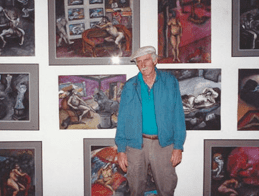
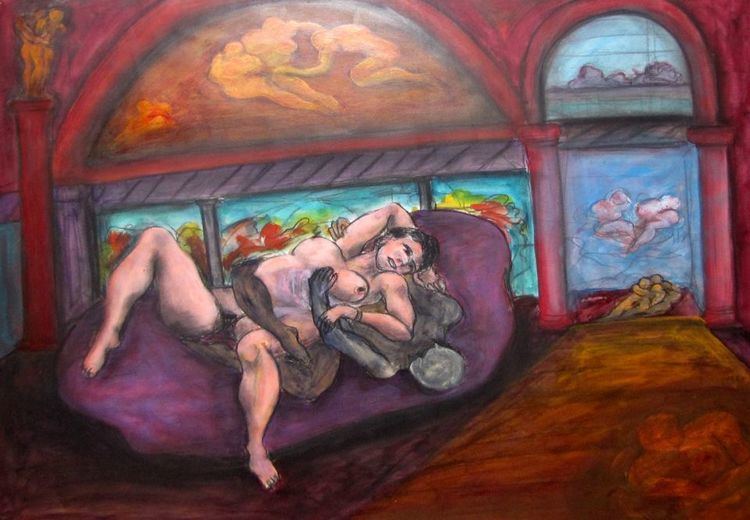
Julius hatofsky b0fa show 12 27 08
Biography
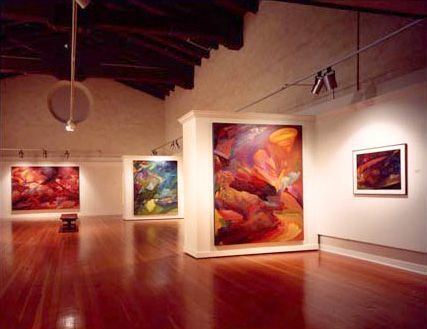
Julius Hatofsky was born in Ellenville, in upstate New York, in 1922, and first studied art as a teenager in the Works Progress Administration/Federal Art Project (WPA/FAP) art classes. Later he studied at the Art Students League of New York (1946–1950) and the Académie de la Grande Chaumière in Paris (1950–1951), returning to New York to study at the Hans Hofmann School in 1952. At the League he studied with Morris Kantor and Robert Beverly Hale.
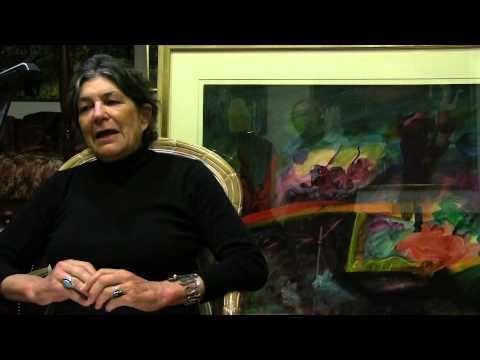
Hatofsky had a varied experience beyond the art world. While still a young man he worked as a New York City police officer. Later, in 1942 in World War II, he was drafted into the 82nd Airborne Division, landing by glider in crucial battles. A foot soldier later promoted to sergeant, he served in the Battle of the Bulge and the invasions of the Netherlands and Normandy; later in 1945 he participated in the liberation of a concentration camp.
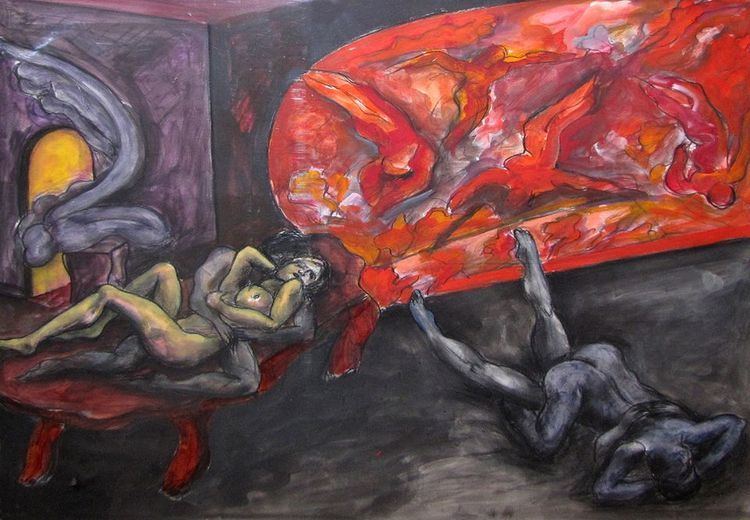
Julius Hatofsky began painting in New York during the 1950s and moved to San Francisco in 1961 to teach at the San Francisco Art Institute, eventually retiring in 1995. According to the critic from Art in America magazine,
”During the 1960s, he worked in a Bay Area Abstract Expressionst mode, creating sumptuous, almost iridescent surfaces animated by streams of sinuous energy.”after 1973, his paintings gradually moved toward American Figurative Expressionism.
”These works often feature obscure, scurrying phantoms painted in a frothy multihued and multilayered oil impasto…Hatofsky’s paintings are sensually generous and richly nuanced.”Julius Hatofsky
”for 33 years taught painting and figure drawing to generations of aspiring artists at the San Francisco Art Institute. He befriended many, treating them to a round of drinks and a good cigar at the pub, and inviting hundreds at a time to standing-room-only parties at his 5,600-square-foot SoMa loft. He rented the loft for decades, until the dot-com boom of the mid-1990s pushed him and his wife to a Victorian house in remote Vallejo, the nearest town to San Francisco where he could afford to buy a house.”Close to his death Hatofsky wrote:
”..Inventing imagery is the basis of my painting. Once involved, I concentrate on scale, inner light, drawing, surface, rhythm, color. Developing these painting concerns has helped to focus my emotional intensity and release my imagination.At age 83, I have a range and variety of expression and imagery and feel a command over the work that has taken over sixty years to acquire. I constantly try to reach deeper, to move beyond my limitations, to challenge myself and to learn.
I feel I’ve made considerable progress in the last 25 years.”
Julius Hatofsky died on January 1, 2006 in Vallejo, California.
